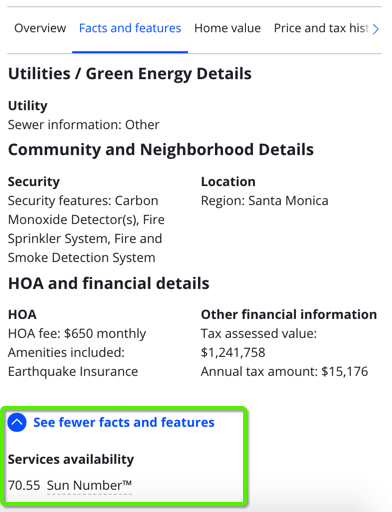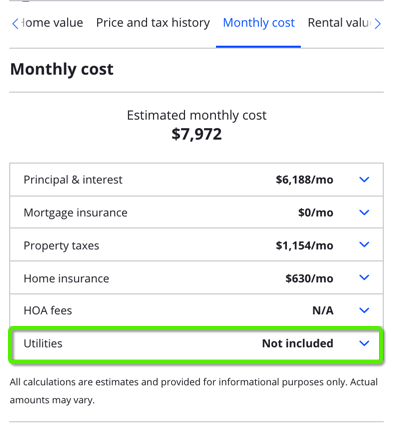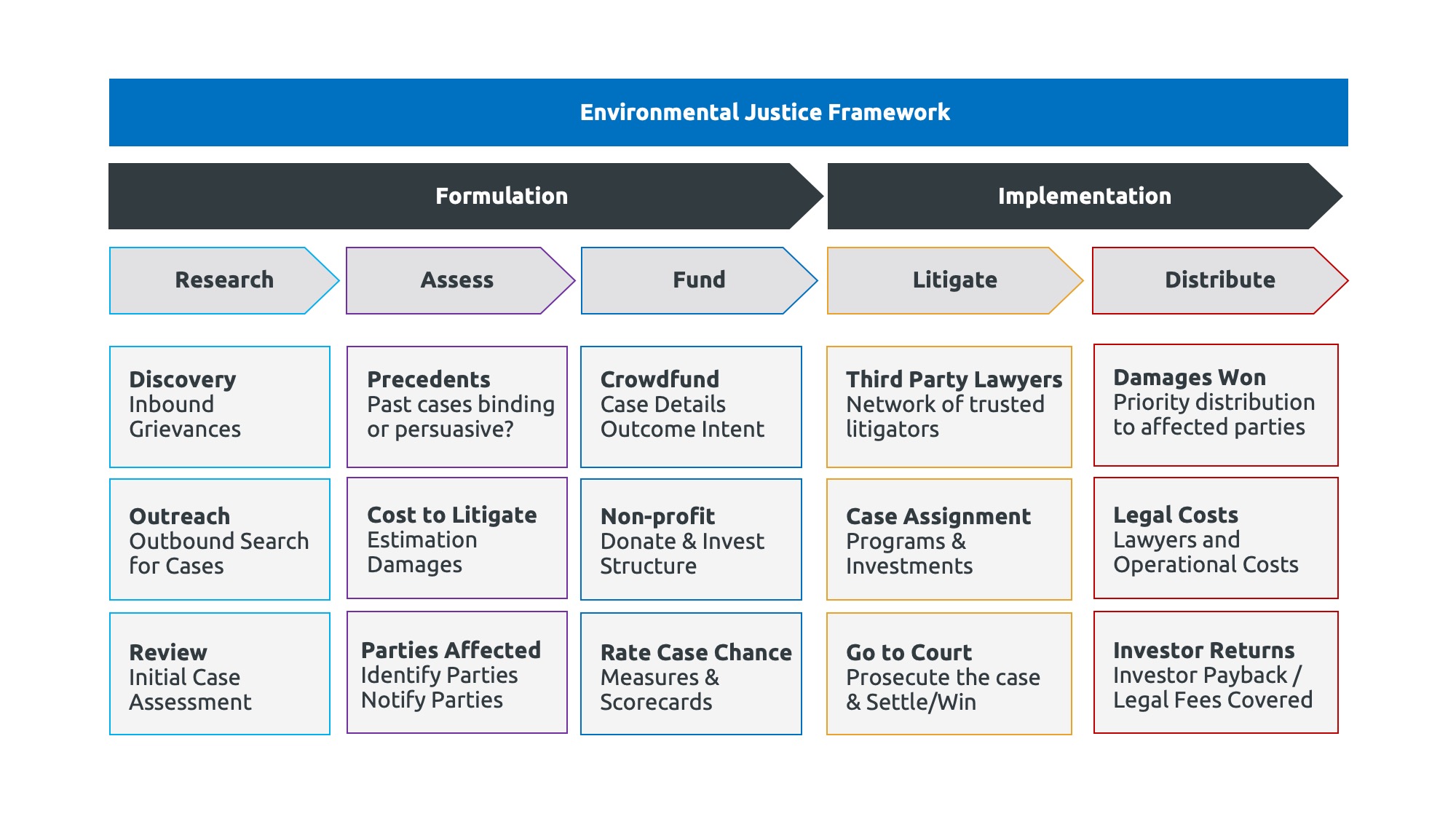For those familiar with systems analysis, there is this allure for utilizing “leverage points” to create outsized outcomes given the relatively smaller shift. Typically these leverage points are found within complex systems whether it is a corporation, an economy, a living body, a city, an ecosystem, etc. but the main premise still goes back to the idea of a small shift in one component can produce big changes through out the system.
Given my interest in sustainability and climate change solutions, I began hypothesizing where we could find climate leverage points within existing consumer-facing organizations.
Zillow et al.
When purchasing a home, we often consider the property taxes we would pay, any potential HOA, but utility is often left as an after-thought. First, that data is often not shared, second, we tend to just assume it must be ‘average’, a little higher or lower, but most likely nothing drastic. This apathy towards utility bills leads to a muted sense of acknowledging the true cost of our energy.
Homes can be very energy efficient which can result in lower energy utility costs. But when browsing to buy a home, the home’s insulation rating, average utility bill and overall energy costs of the area can highlight certain hidden costs to buying homes that are poorly insulated. If home valuations accounted for energy costs, it could spur homeowners to invest in insulation that leads to not only higher home valuations, but also delivery RoI of the insulation work over the years.
So what does this have to do with Zillow and others. Well, they are the channels in which potential home owners (and renters) browse properties. They have millions of users that could benefit from those insights. Currently some properties offer some insights as an after-thought, but if Zillow wanted to be a leverage point in the battle of climate change, they could share average statistics of the neighborhood.


“This home is 28% more energy efficient, with average utility bills coming in at $150 below the neighbors (when accounting for standardized consumption patterns).”
If we as consumers were provided this data and it was presented to us in a way for us to digest and consider the longer term implications and RoI, it would lead to a shift in buyer/seller sentiment that energy efficiency from energy generation and insulation matters in home values. It should also be noted some properties are now being identified as flood risk properties (thus applying that consumer-minded mentality to energy can potentially be considered a leverage point to be considered)
Uber et al.
Access to millions of drivers makes Uber, Lyft and all ride-hailing companies a massive potential lever in shifting how much CO2 emissions are emitted. From incentivizing drivers to shift to Hybrid/EVs with partnerships and lease programs for drivers, to identifying ‘greener routes’ (how Google Maps is now defaulting to this).
These programs are already being launched, but how can the businesses tap into their own fundamentals to really pull those levers of change even further. Some idea starting points:
-Could consumers be incentivized to request for Uber Green through offset programs that are tied to Uber Business accounts? Which then offers a bonus to Uber Green EV drivers?
-Could the driver’s EVs be part of a city bi-directional grid charging scheme that allows drivers to offer their cars as grid battery for the city when they are idle and know that they won’t be driving for the rest of the day?
Note: This blog is still being updated, I just wanted to capture some of my initial notes.
